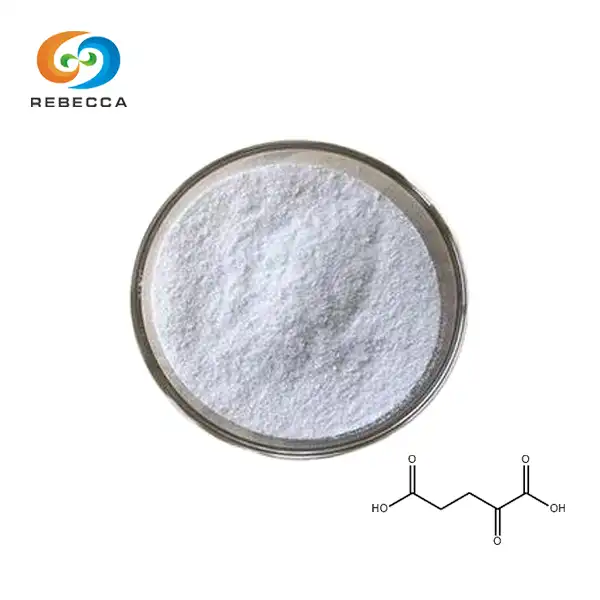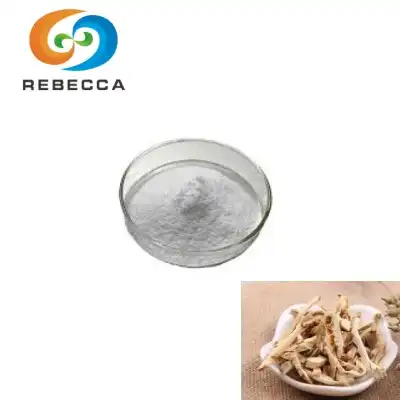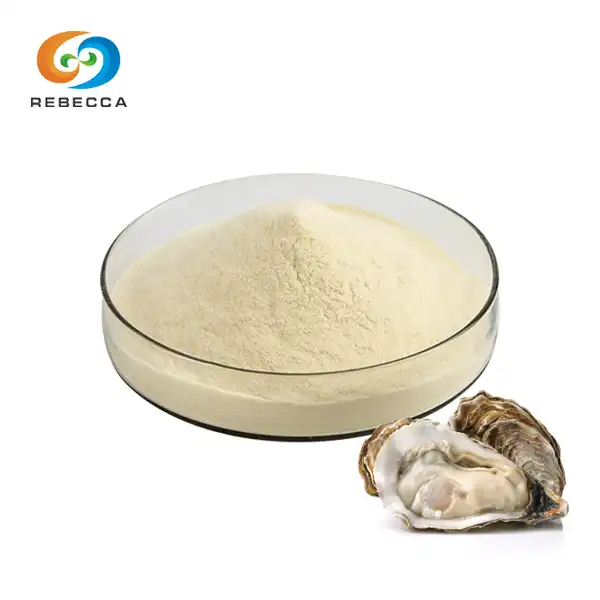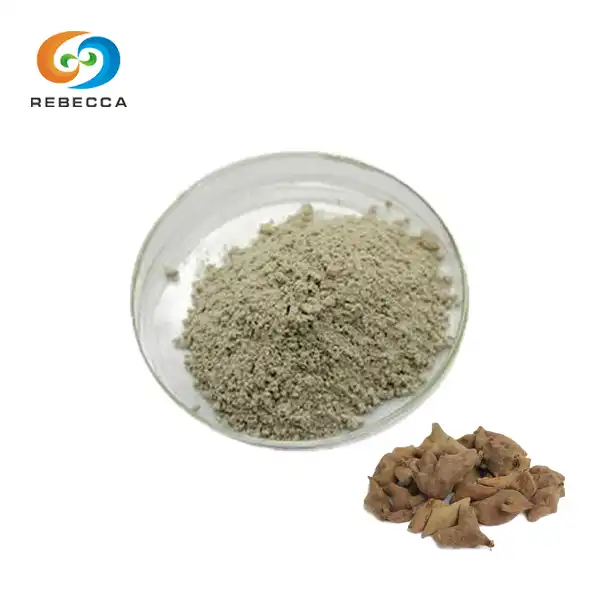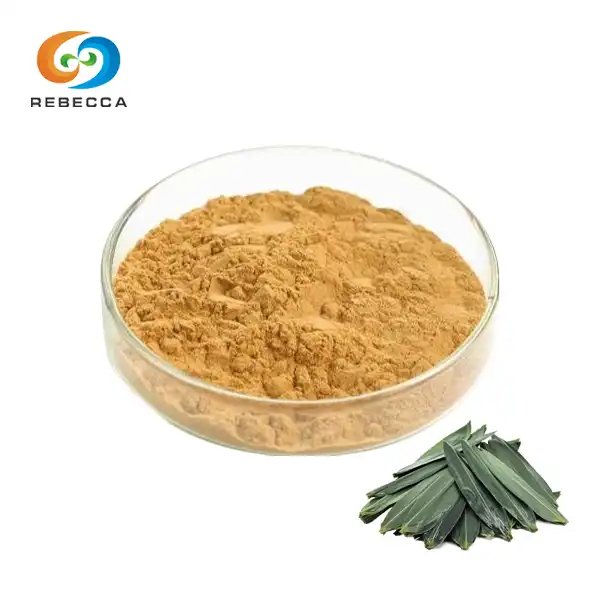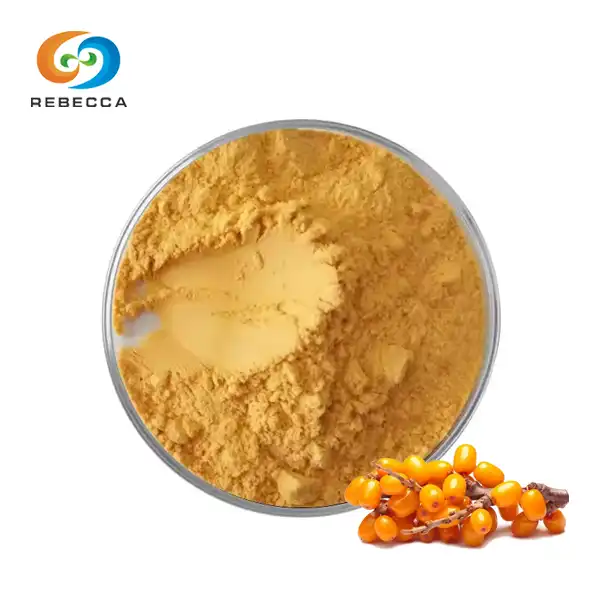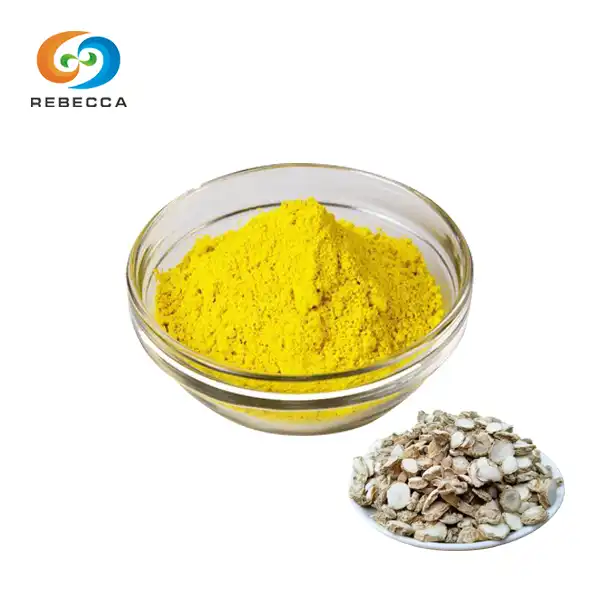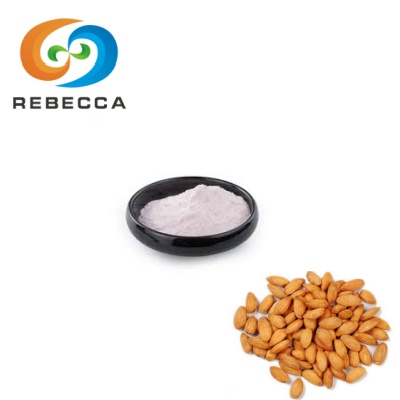What Are The Properties Of Quercus Robur Root Extract?
quercus robur root extract, derived from the roots of the English oak tree, represents a fascinating botanical resource with diverse properties that make it valuable across multiple applications. This natural extract has garnered attention from researchers, formulators, and practitioners in various fields due to its unique characteristics and potential benefits. The English oak (Quercus robur), a majestic tree native to Europe, has been utilized for centuries in traditional remedies, with its roots containing particularly concentrated bioactive compounds. Understanding the properties of this extract requires examining its chemical composition, biological activities, and physical characteristics.

Chemical Composition
The chemical profile of Quercus robur root extract reveals a complex matrix of compounds that contribute to its distinctive properties and biological activities. Saponins emerge as the primary constituent group, with commercial extracts typically standardized to contain approximately 3% total saponins. These amphiphilic compounds consist of hydrophobic sapogenin cores (typically triterpene structures in oak species) connected to hydrophilic sugar moieties. The specific saponins identified in Quercus robur roots include quercussaponins and robursaponins, which demonstrate hemolytic activity and form stable foams when agitated in aqueous solutions. These compounds contribute significantly to the extract's biological effects, particularly its anti-inflammatory and membrane-interactive properties that underlie various therapeutic applications.
Tannins constitute another major component group within the extract, comprising both hydrolyzable and condensed varieties. The hydrolyzable tannins include ellagitannins (such as vescalagin, castalagin, and roburins) and gallotannins, which can release ellagic acid and gallic acid respectively upon hydrolysis. Condensed tannins (proanthocyanidins) exist as polymeric flavonoid structures that contribute to the extract's astringent qualities. The tannin content can range from 8-15% in properly prepared extracts, with the precise profile varying based on harvesting conditions, tree age, and extraction methods. These compounds demonstrate strong protein-binding capabilities, explaining many of the extract's traditional applications for reducing excessive secretions and providing antimicrobial effects.
Phenolic acids present in Quercus robur root extract include gallic acid, ellagic acid, and various derivatives of hydroxybenzoic and hydroxycinnamic acids. These relatively simple compounds contribute to the extract's antioxidant capacity through their ability to donate hydrogen atoms to reactive oxygen species, thereby neutralizing these potentially damaging molecules. Ellagic acid, particularly abundant in oak tissues, has attracted significant research interest for its potential chemopreventive properties and beneficial cardiovascular effects. The phenolic acid content typically ranges from 2-5% in standardized extracts, depending on extraction parameters and source material quality.
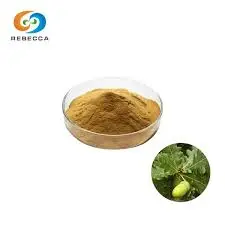
Biological and Pharmacological Properties
The biological and pharmacological properties of Quercus robur root extract emerge from its complex phytochemical profile, with multiple constituents contributing to diverse activities. Astringent properties represent one of the most immediately recognizable characteristics, resulting primarily from the extract's high tannin content. These polyphenolic compounds form hydrogen bonds with proteins in tissues, creating a tightening effect that reduces fluid secretion and creates a protective barrier. This mechanism explains the extract's traditional applications for conditions involving excessive secretions or exposed tissues. In vitro studies demonstrate that Quercus robur root extract can reduce membrane permeability in experimental models, with effects proportional to tannin concentration. This astringent action provides therapeutic benefit in various contexts, including topical applications for minor wounds and mucous membrane inflammation.
Antimicrobial activities of Quercus robur root extract have been documented against various pathogens, including both gram-positive and gram-negative bacteria as well as certain fungal species. Multiple mechanisms appear to contribute to these effects, including membrane disruption by saponins, protein precipitation by tannins, and specific enzymatic inhibition by certain phenolic compounds. Research demonstrates that aqueous extracts exhibit moderate inhibitory effects against common skin pathogens such as Staphylococcus aureus and Candida albicans, with minimum inhibitory concentrations typically in the range of 2-5 mg/ml for standardized preparations. These properties support the extract's traditional use for various infectious conditions and suggest potential applications in natural preservation systems.
Anti-inflammatory properties have been documented in both in vitro and animal models. The extract demonstrates inhibitory effects on pro-inflammatory cytokine production, including tumor necrosis factor-alpha (TNF-α) and interleukin-6 (IL-6). Multiple constituents appear to contribute to these effects, with certain ellagitannins showing particular potency in experimental models. The saponin fraction also demonstrates anti-inflammatory activity through mechanisms that may include inhibition of phospholipase A2 and modulation of arachidonic acid metabolism. These properties align with traditional applications for various inflammatory conditions and suggest potential therapeutic applications in modern contexts.
Wound healing properties have been attributed to Quercus robur root extract through multiple mechanisms. The astringent effects help control exudation in damaged tissues while creating a protective barrier against external contaminants. Certain tannins demonstrate angiogenic effects that promote new blood vessel formation necessary for tissue repair. Additionally, the antimicrobial properties help prevent wound infection that might otherwise delay healing. Animal studies show accelerated wound closure in models treated with standardized extract compared to untreated controls, with effects comparable to certain conventional treatments. These properties support traditional applications for minor wounds and suggest potential modern applications in natural wound care formulations.

Physical and Sensory Properties
The physical and sensory properties of Quercus robur root extract significantly influence its applications in various formulations and contribute to its overall quality assessment. Appearance characteristics typically include a fine powder with particle size distribution predominantly below 75 micrometers when properly processed. The color presents as a distinctive medium to dark brown with occasional reddish undertones, resulting from the oxidation of phenolic compounds during processing. This coloration intensity serves as a preliminary quality indicator, with exceptionally light or unusually dark coloration potentially signaling processing issues or adulteration. Under microscopic examination, properly processed extract powder reveals relatively uniform particles with characteristic cellular structures that experienced quality control technicians can use to verify authenticity.
Solubility properties of Quercus robur root extract vary based on the specific compound classes present and the extraction methods employed. Standard extracts demonstrate moderate solubility in water, typically 20-40% by weight, with the remainder forming a fine suspension. The saponin content contributes to this suspension stability through natural surfactant properties that prevent rapid sedimentation. Solubility increases in hydroalcoholic mixtures containing 20-40% ethanol, reaching approximately 60-80% dissolution. This solubility profile influences formulation approaches, with many applications utilizing either aqueous suspensions or hydroalcoholic solutions to maximize compound extraction. Temperature significantly affects dissolution rate, with warm water (40-60°C) increasing both dissolution speed and total dissolved solids compared to cold water applications.
Organoleptic properties include a distinctive tannic taste with pronounced astringency that causes a characteristic drying sensation on mucous membranes. This sensation results from tannin interaction with salivary proteins and serves as an immediate quality indicator for experienced evaluators. The aroma presents as moderately woody with earthy undertones and occasional slight bitterness in fresh preparations. Extended storage may reduce aroma intensity through volatile compound evaporation while potentially increasing bitterness due to oxidative changes in certain phenolic compounds. These sensory characteristics influence consumer acceptance in oral applications and require consideration when formulating products where taste perception impacts compliance.
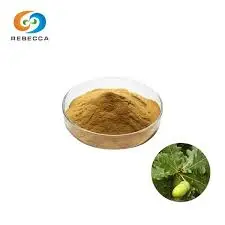
Rebecca: Quercus Robur Root Extract Supplier
Are you in search of high-quality Rebecca Quercus Robur Root Extract? We are a professional supplier. Our product is made from the root, with Total Saponins as the active ingredient. The specification is Total Saponins 3%, and it's a Brown Fine Powder in appearance. Don't hesitate to contact us at information@sxrebecca.com for more details or to place an order.
Reference
Łuczaj Ł, Adamczak A, Duda M. Tannin content in acorns (Quercus spp.) from Poland. Dendrobiology. 2014;72:103-111.
Dróżdż P, Šėžienė V, Pyrzynska K. Phytochemical properties and antioxidant activities of extracts from wild blueberries and lingonberries. Plant Foods Hum Nutr. 2017;72(4):360-364.
Khanbabaee K, van Ree T. Tannins: classification and definition. Nat Prod Rep. 2001;18(6):641-649.
